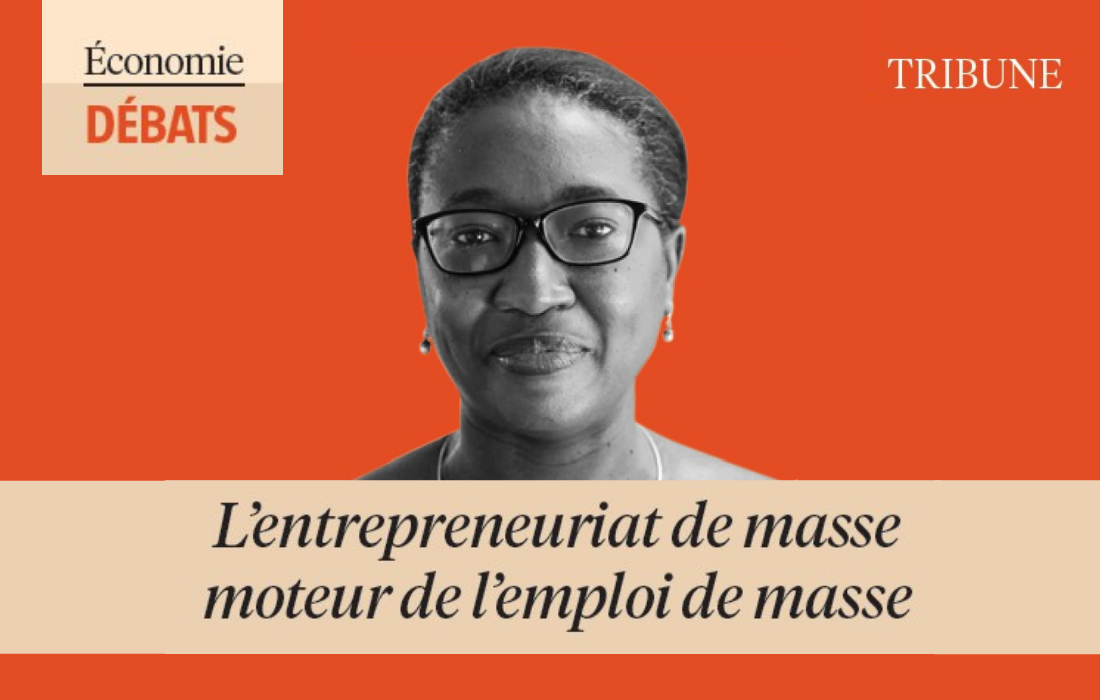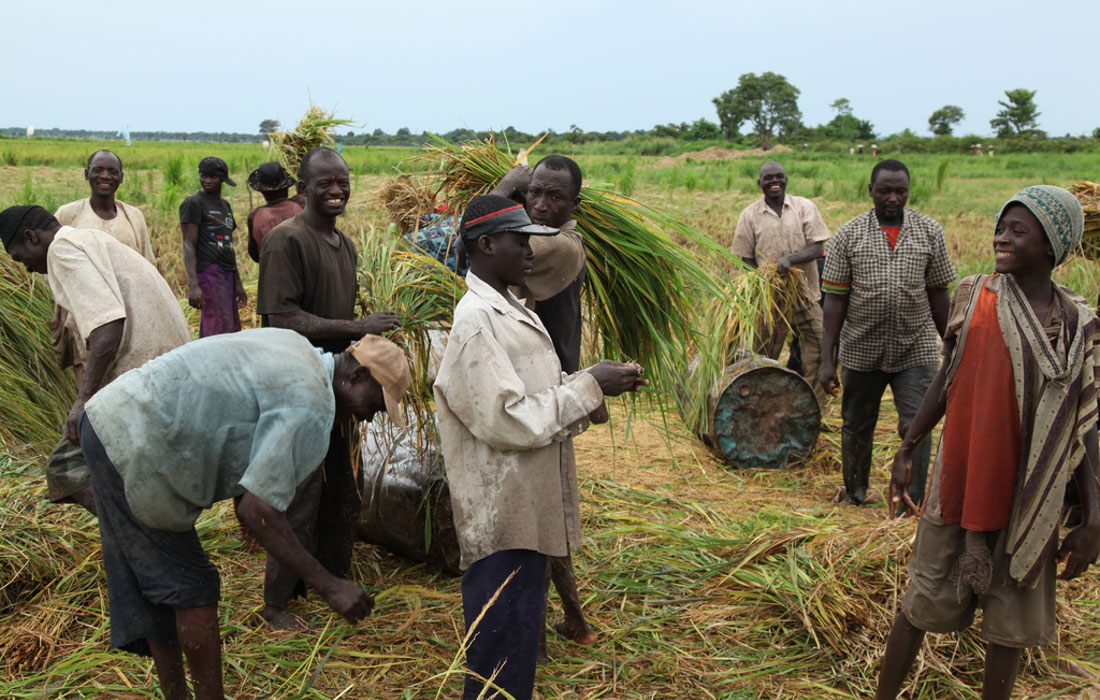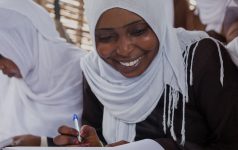Dalberg uses cookies and related technologies to improve the way the site functions. A cookie is a text file that is stored on your device. We use these text files for functionality such as to analyze our traffic or to personalize content. You can easily control how we use cookies on your device by adjusting the settings below, and you may also change those settings at any time by visiting our privacy policy page.
This article was originally published on Devex.
In towns and villages across Europe and Africa, soccer players with the nickname Messi practice their skills day in and day out. They dream of playing professionally like the football superstar, Lionel Messi, who was born to humble means in Argentina and rose to fame playing for Barcelona FC. With eyes on the recent Olympics, and its celebration of global athletes, that familiar narrative of sports as a pathway out of poverty is particularly salient.
While Messi, Djokovic and Ikaba — to name but a few examples — offer such inspiring stories, statistics suggest that sports are a ticket out of poverty for only a lucky few. In the United States, only one in 2,451 high school basketball players make it to the NBA. Going pro is even more challenging in the developing world. For the young African “Messis”, there are only six professional soccer leagues on the continent, and only 57 Africans played in the English Premier League in the 2015-16 season.
The odds are even worse for women, who have fewer professional sports opportunities around the world. Layer on poverty, and one’s chances of making the big leagues are further reduced. To make matters worse, even some of the best athletes, like those capturing our attention at the Olympics, struggle to make ends meet.
But sport can offer more than a pipe dream. In spite of the slim odds of attaining fame and fortune as a professional athlete, mere participation in sport can be a powerful tool for economic and social mobility.For example, participating in sports is correlated with positive career development, particularly for women. Betsey Stevenson, economist at Wharton, argues that Title IX , the 1972 U.S. legislation that mandates equal federal assistance for women’s sports, catalyzed a 40 percent rise in employment for women ages 25-34.
Belief in using sport for social change has never been more popular. The United Nations declared 2005 the international year of sport and physical education, and since that time, sport for development organizations have proliferated rapidly.
On the sportanddev.org website, a site dedicated to documenting S4D organizations and learnings, 30 percent of the 685 initiatives have launched over the past 3 years. The United Nations and U.S. Agency for International Development fund programs dedicated to sport for development, and the U.S. State Department has a dedicated “Sports United” division. The commission on public affairs and social development under the International Olympic Committee leverages the occasion of the Olympics to increase visibility around this work as well.
In spite of the enthusiasm, S4D has struggled to attract large scale funding for a number of reasons. In the current philanthropic climate where monitoring and evaluation are key to unlocking funding, S4D organizations face the challenge of quantifying the impact of sport on someone’s life. Furthermore, S4D has been predominantly a phenomenon exported from the “global north,” reliant on expatriate employees. Not only is this expensive, but it risks the offense of cultural imperialism, diminishing local sports tradition in favor of foreign practices.
Where traditional donor support has been notably absent, private sector donors have poured corporate social responsibility money into sports — often without coordinating. Mori Taheripour, former senior adviser for sport for development at USAID, notes that this trend has led to a proliferation of micro initiatives with limited capacity.
Taheripour points out that concentrating investment in the most established organizations would provide them with the ability to scale up and build sustainable institutions that can serve as models for success in this relatively new field.
There are a number of “best practices” that could make sport for development more effective and more attractive to traditional donors. First, if S4D aims for social change; it should be a solution for many, not just a few. S4D must distinguish itself from the narrative of Messi, and the belief that success is limited to elite athletes reaching professional levels. This distinction allows for S4D to reach more people and set achievable targets. Second, and no surprise, S4D organizations must learn to prove their worth by investing in monitoring and evaluation. Third, S4D initiatives can do a better job of prioritizing local ownership. Where in the past organizations from the global north have relied upon community partners for implementation (a step in the right direction), local partners could take on a greater role in the development of programming and program management.
For example, Coaches Across Continents, an S4D organization based in the U.K. and U.S. that trains soccer coaches to use sport for social change, has successfully prioritized devolving leadership to in-country staff, who share learnings with peers around the world.
While being conscious of the values of local tradition, S4D can still be intentional about desired social change, such as increasing the inclusion of women and other marginalized groups. International development programs risk reinforcing existing inequalities by partnering with and catering to elites who are often better capable of accessing foreign assistance.
Sport for development is particularly vulnerable to this when it comes to gender, as male coaches and athletes tend to outnumber women around the world. For this reason it is particularly important that S4D organizations consciously combat those institutional inequalities.
Sport for development organizations need look no further for advice and partners than the local women-run sports initiatives that exist around the world. For example, in Zanzibar, a small island off the coast of East Africa, a young girl, known as “Messi,” embodies the limitations and the potential of sport. This Messi, whose real name is Sabaha, is one of the few women in Zanzibar who play soccer. Her dexterity when weaving in and out of players on the pitch, including male opponents, earned her the nickname. Though many people tell Sabaha that playing soccer is immoral for women (a widespread belief in Zanzibari culture), she continues to play and dreams of playing professionally.
While her chances of making it pro are slim, the sport has fundamentally changed her life, creating opportunities for her in a community where women do not have many chances to feel independence and embrace their strength. Through soccer, Sabaha and her teammates enjoy the exhilaration of competition, the rowdiness of bus rides and locker rooms, the pleasures of female friendships, and the empowerment of hard work. Soccer has brought them outside of Zanzibar and provided visibility into professional life outside the home.
Meanwhile, Sabaha and her teammates challenge inequalities within their society, creating social change through sport like so many of the aforementioned NGOs. As Coaches Across Continents’ founder, Nick Gates, explains, “Playing the game opens up the door for deep discussions and real solutions. You can’t get the same results in the classroom.” So while on the one hand, soccer is just a sport, on the other hand — for girls such as Sabaha — it has been so much more. Those are the stories of different “Messis” who demonstrate the real power of sport for social change.









